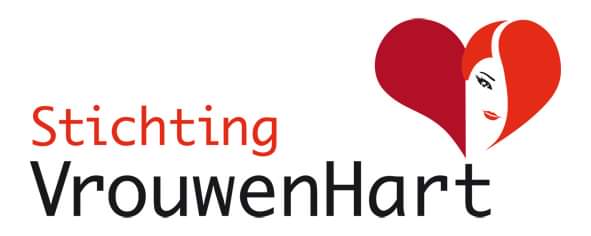Spontaneous coronary artery dissection — sometimes referred to as SCAD — is an uncommon emergency condition that occurs when a tear forms in one of the blood vessels in the heart.
Spontaneous coronary artery dissection (SCAD) can slow or block blood flow to the heart, causing a heart attack, abnormalities in heart rhythm or sudden death.
Spontaneous coronary artery dissection (SCAD) most commonly affects women in their 40s and 50s, though it can occur at any age or in men. People who develop spontaneous coronary artery dissection (SCAD) are often healthy. Most don’t have risk factors for heart disease, such as high blood pressure and diabetes.
Spontaneous coronary artery dissection (SCAD) can lead to sudden death if it isn’t diagnosed and treated promptly. For this reason, seek emergency attention if you experience heart attack signs and symptoms — even if you think you aren’t at risk for a heart attack.
SYMPTOMS
Signs and symptoms of spontaneous coronary artery dissection (SCAD) are the same as symptoms of other types of heart attacks and may include:
- Chest pain
- A rapid heartbeat or fluttery feeling in your chest
- Pain in your arms, shoulders or jaw
- Shortness of breath
- Sweating
- Unusual, extreme tiredness
- Nausea
- Dizziness

Geef een reactie